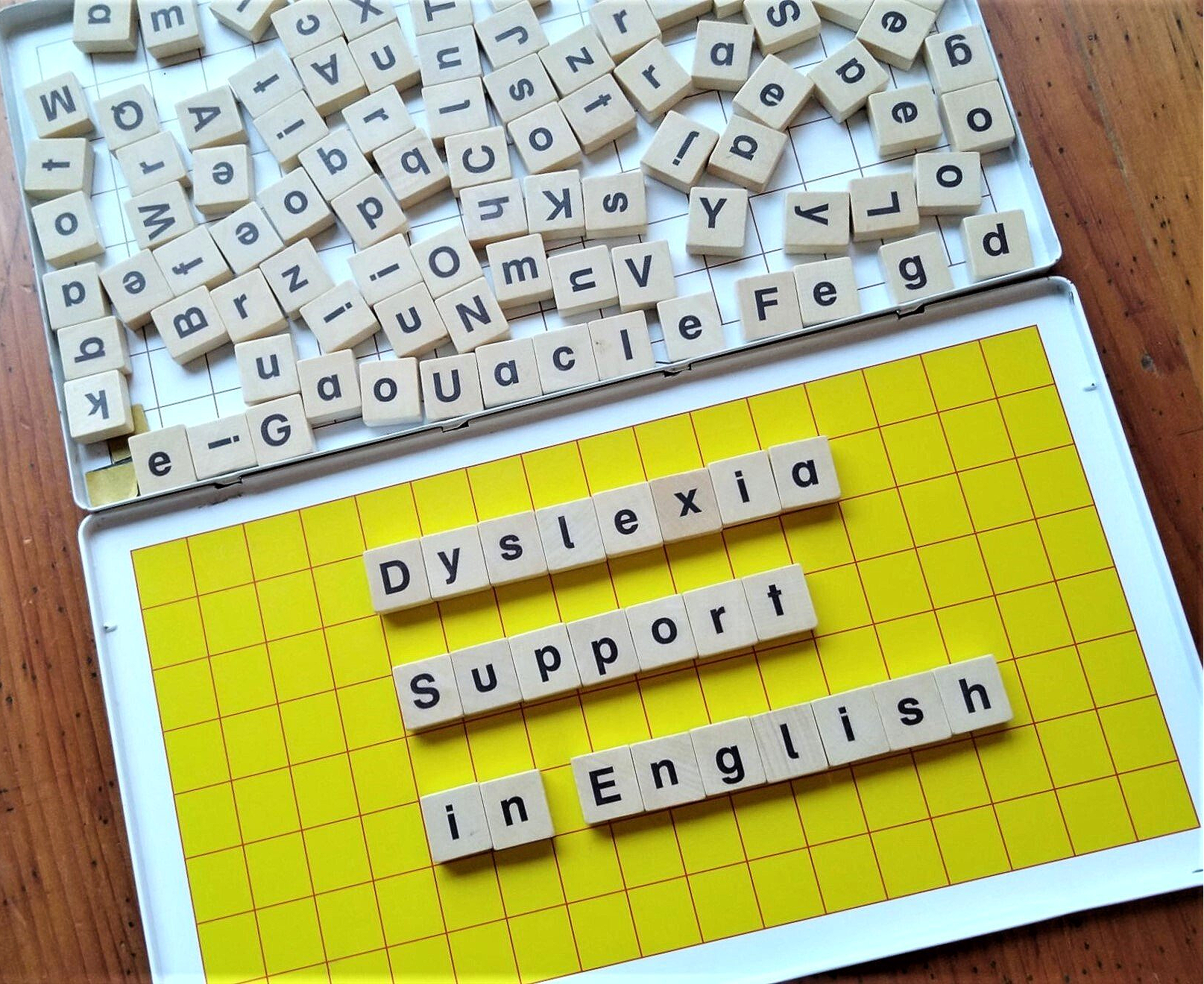What are dyslexic tendencies?
Dyslexia can appear in various forms: phonological dyslexia, rapid naming deficit, and double deficit dyslexia.
Some people struggle with reading and spelling (phonological dyslexia); others with retrieving information from memory which hinders their ability to pull words from memory (a rapid naming deficit); and finally, some people struggle with both and additional skills (double deficit dyslexia). Some individuals will never learn to read without extra support, while others can have some degree of dyslexia but have enough adaptive skills to never be diagnosed with dyslexia.
Signs of dyslexia include the following:
(From The Mayo Clinic, Dyslexia Symptoms)
For children younger than five years
- Late talking
- Learning new words slowly
- Problems forming words correctly, such as reversing sounds in words or confusing words that sound alike
- Problems remembering or naming letters, numbers and colors
- Difficulty learning nursery rhymes or playing rhyming games
For elementary school children
- Reading well below the expected level for age
- Problems processing and understanding what is heard
- Difficulty finding the right word or forming answers to questions
- Problems remembering the sequence of things
- Difficulty seeing (and occasionally hearing) similarities and differences in letters and words
- Inability to sound out the pronunciation of an unfamiliar word
- Difficulty spelling
- Spending an unusually long time completing tasks that involve reading or writing
- Avoiding activities that involve reading
For teens and adults
- Difficulty reading, including reading aloud
- Slow and labor-intensive reading and writing
- Problems spelling
- Avoiding activities that involve reading
- Mispronouncing names or words, or problems retrieving words
- Spending an unusually long time completing tasks that involve reading or writing
- Difficulty summarizing a story
- Trouble learning a foreign language
- Difficulty understanding and solving word/story problems in math
